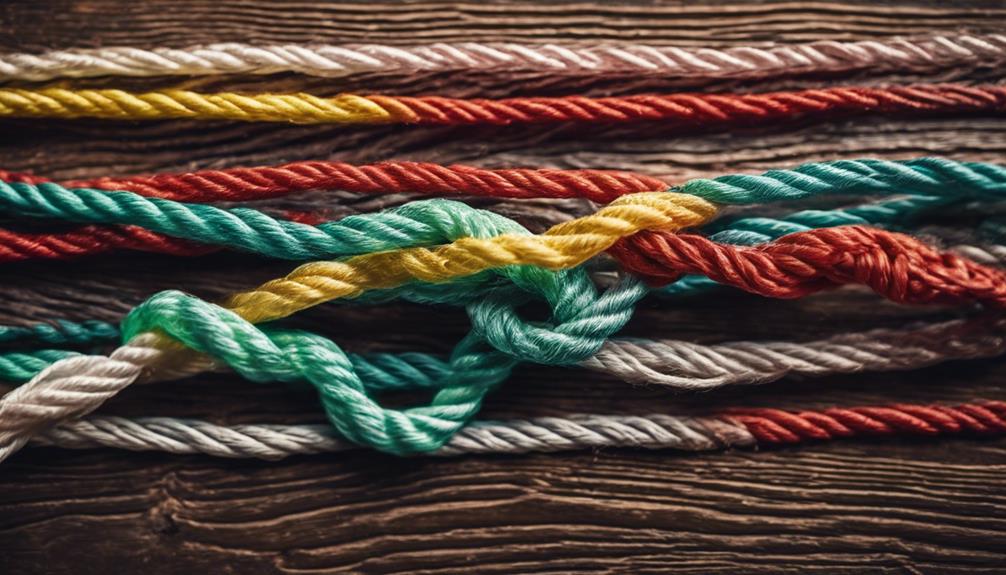Fly fishing is a captivating sport that combines skill, patience, and a deep appreciation for nature. Whether you’re a novice looking to get started or a seasoned angler wanting to refine your techniques, understanding the nuances of fly fishing can greatly enhance your experience. In this comprehensive guide, we will explore various aspects of fly fishing, from essential gear to advanced strategies, ensuring you’re well-equipped for your next adventure on the water.
Understanding the Basics of Fly Fishing
Before diving into the intricacies of fly fishing, it’s crucial to grasp the fundamentals. At its core, fly fishing involves using a lightweight lure, known as a fly, which is cast using a specialized fly rod and reel. Unlike traditional fishing, where the weight of the bait carries the line, fly fishing relies on the weight of the line to cast the fly. This distinction is essential for successful casting and presentation. Beginners should familiarize themselves with various fly types, including dry flies, wet flies, and streamers, each designed to mimic different food sources for fish.
Choosing the Right Gear for Fly Fishing
Selecting the appropriate gear is vital for a successful fly fishing trip. The primary components of your equipment include a fly rod, reel, line, and flies. When choosing a fly rod, consider the type of water you’ll be fishing in—longer rods are ideal for larger bodies of water, while shorter rods are better for small streams. Additionally, your reel should be compatible with your rod and line weight. Fly lines come in various weights and tapers, each suited for specific fly fishing situations. Don’t forget to invest in quality waders and boots, ensuring comfort and protection while wading in the water.
The Importance of Casting Techniques in Fly Fishing
Casting is arguably one of the most critical skills in fly fishing. Mastering various casting techniques will enhance your ability to present your fly effectively. The basic overhead cast is a great starting point, but as you gain confidence, explore techniques such as the roll cast and the double haul. Each method serves different purposes and conditions—understanding when to use each will make you a more versatile angler. Practicing your casting regularly will help you develop muscle memory, making it easier to execute flawless casts when it counts.
Understanding Fish Behavior and Habitats
To excel at fly fishing, it’s essential to understand fish behavior and their preferred habitats. Different species of fish respond to various environmental factors, including water temperature, flow, and food availability. For instance, trout are often found in cold, clear streams, while bass prefer warmer, murkier waters. Observing the water and identifying signs of fish activity, such as rising fish or jumping baitfish, can provide valuable clues on where to cast your fly. Additionally, learning about seasonal patterns can help you target specific species during their peak feeding times.
Choosing the Right Flies for Your Target Species
Selecting the right flies is crucial for successful fly fishing. Flies can be categorized into three main types: dry flies, wet flies, and streamers. Dry flies float on the water’s surface and are designed to imitate insects that fish feed on. Wet flies sink below the surface and resemble aquatic insects or small fish. Streamers imitate larger prey and are often used to target predatory fish. Research the food sources in your fishing location to choose the most effective flies. Additionally, having a well-stocked fly box with various patterns will prepare you for changing conditions on the water.
Strategies for Successful Fly Fishing
Employing effective strategies can significantly increase your success on the water. First, always approach the water quietly to avoid spooking fish. Casting upstream and allowing your fly to drift naturally downstream can create a more enticing presentation. Additionally, varying your retrieve speed can help mimic the movement of prey, making your fly more attractive to fish. Don’t hesitate to experiment with different flies and techniques until you find what works best for the conditions. Keeping a fishing journal can also help you track what methods and flies were successful during past outings.
Safety Tips for Fly Fishing Adventures
Safety should always be a priority when engaging in outdoor activities like fly fishing. Ensure you’re equipped with the right safety gear, including a personal flotation device (PFD) if you’re fishing from a boat. Be aware of your surroundings and watch for changing weather conditions that could lead to dangerous situations. Additionally, always let someone know your fishing plans, including your expected return time. Familiarize yourself with local regulations and respect wildlife by practicing catch and release when appropriate. Staying safe will ensure that you can enjoy fly fishing for years to come.
Conclusion: Embrace the Joy of Fly Fishing
Fly fishing is more than just a hobby; it’s a way to connect with nature and enjoy the tranquility of the outdoors. By understanding the basics, choosing the right gear, mastering casting techniques, and developing strategies for success, you can enhance your fly fishing experience. Whether you’re casting in a serene mountain stream or a bustling coastal estuary, the joy of landing a fish on the end of your line is unparalleled. So grab your rod, select your flies, and embark on your next fly fishing adventure with confidence and enthusiasm!
In summary, fly fishing encompasses a rich blend of technique, knowledge, and passion. With the right approach and mindset, you can turn a simple fishing trip into a memorable experience. Happy fishing!
